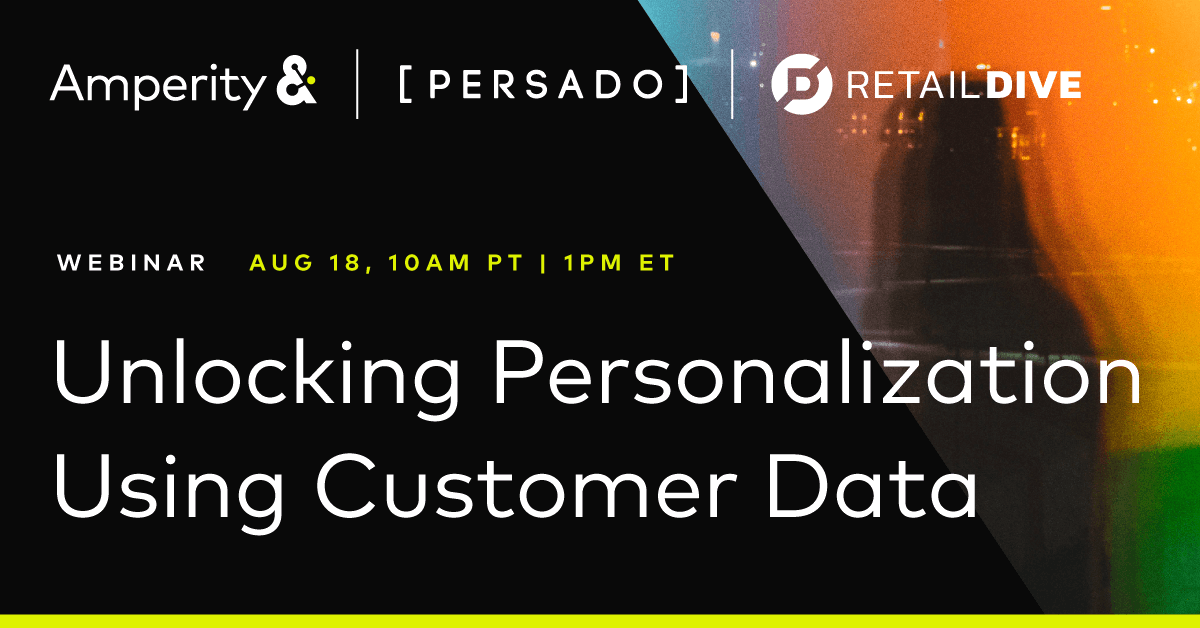September 20, 2019
How to Successfully Implement AI Marketing Technology

AI marketing technology is attracting attention for its potential to drive brand differentiation and deliver results at scale. However, successfully implementing AI marketing technology is far from a sure thing.
The Adobe Digital Trends report found that twice as many top performing companies are using AI marketing technology as nonleaders. Investment in AI across the enterprise is projected to grow to $77.6B annually by 2022, according to IDC.
Yet not all AI projects return value to the organization. IDC finds that 25% of companies with active AI initiatives fail with half of them. The high rates of failure signal the need to use best practices when selecting and implementing AI marketing technology.
Persado works with over 250 leading brands, including 8 of the top 10 largest banks in the U.S., to deliver significant business impact from AI. The Persado data science and customer success teams work together to collect and organize enormous amounts of marketing campaign data and produce high impact machine-generated messages that drive results.
Below are five best practices for achieving return on investment with AI marketing technology programs.
1) Choose the right opportunity
Hyped technologies generate so much excitement that it’s easy to kick off projects and procure technologies that, in hindsight, were unlikely to return value. In some cases, the costs of the process or function an organization hopes to improve aren’t high enough to warrant the investment.
Choosing the right opportunity may sound like IT Project Selection 101 – a rookie mistake no leader would make – yet it happens all the time. The day-to-day of running a marketing operation can make it hard to distinguish between problems that are high profile and those that are high impact. Deploy AI to solve critical business challenges that deliver value. Choose wisely.
2) Organize the data
AI systems depend on large amounts of high quality data to “learn” a task. Whether the AI marketing technology aims to optimize ad placement or generate language that best marries brand voice with customer engagement, it needs large volumes of data to learn. Only with a solid baseline can AI systems automate and then optimize.
Marketing leaders investing in AI marketing technology can help themselves by asking a set of data questions before starting a project:
- Where does relevant data reside?
- Is it accessible?
- Is there enough of it to teach an AI platform what it needs to learn?
- Is the data “clean” enough – meaning it has a low level of errors, omissions, duplications, etc.
3) Think big, start strategic
AI marketing technologies are still new and evolving. By extension, marketing organizations are in the early stages of learning where to apply them, and what cultural changes to make to get the most out of both technology and people.
Focus AI efforts on strategic parts of the business that have the potential to create significant impact or differentiated advantage. Measure and document along the way and adjust the approach as you go based on what you learn. Subsequent projects should then leverage learning from the first.
How JPMorgan Chase thought big and started strategic
JPMorgan Chase began working with Persado in 2016 to improve how the company develops and improves marketing creative. After delivering specific and measurable business impact, the company’s marketing leadership expanded how they use AI across business units and across marketing channels. In 2019 JPMorgan Chase expanded its use of Persado beyond just marketing into customer service scripts and internal communications. The company first proved the ROI of using AI to improve key marketing metrics and then scaled to other strategic business areas.
Starting strategic may mean starting small and it also may mean making a strategic investment in a key part of the business that will deliver demonstrable growth. Projects should bring functional benefits and serve the larger goals of the organization. Include project participants from other functions to create early feedback loops and spread AI literacy.
4) Choose good partners
The remarkable growth in the number of marketing technology vendors extends to AI providers as well. Dozens of companies use the same language to describe what they provide for marketers, making it difficult to separate strong partners from weak. Due diligence is key. Look for AI marketing technology providers that have:
- Existing implementations of their technology
- Experience working with organizations in your industry
- Experience working with organizations of your size/marketing mix
- Clear and quick pathways for integration and time-to-value
Ask to speak to their clients, and then ask those people who they considered and why they chose the vendor. Ask about post-purchase implementation support and the quality of the vendor’s customer success team.
5) Budget for the soft stuff
Organizations often underestimate the soft costs of an implementation, according to a study by McKinsey. For example, the cost of training in-house personnel to use a solution can be significant. So can the cost of adapting departmental processes and practices to include the AI solution. Failing to account for soft costs can create skewed cost-benefit calculations. If leaders make decisions from them, they’ll have a false idea of the real costs to implement compared to the likely value.
Focusing on the right opportunity, the right data, the right partners and the right implementation factors set marketing leaders up for AI marketing technology implementations that deliver ROI to the business and long term lessons to build on.
